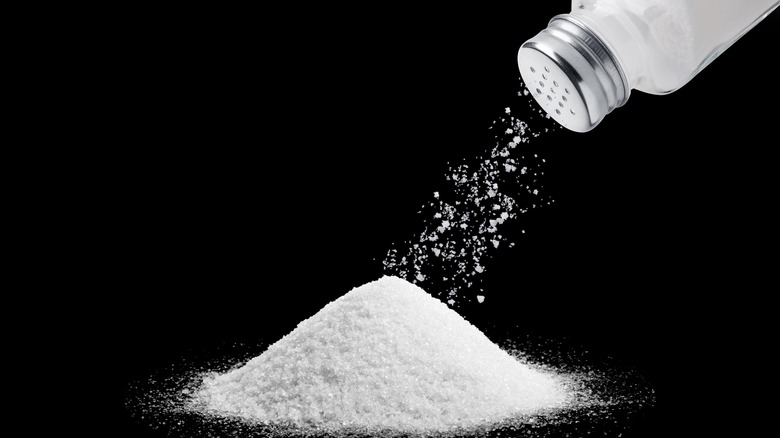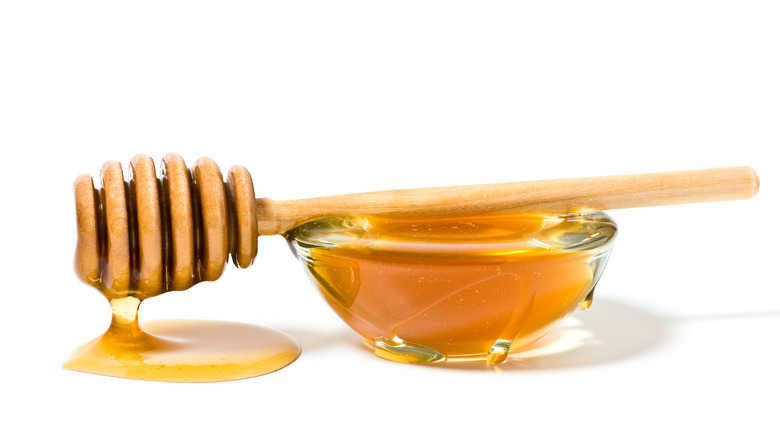8 Food And Drinks Found In Egyptian Tombs You Could Eat (If You Dare)
We all get a little peckish here and there. That is why we bring snacks with us. The ancient Egyptians took this to the next level, though, and even brought food with them after they died. The thought was that anything in your tomb would come with you into the afterlife. Ancient Egyptians went out of their way to not just have these foods placed with them but also to preserve them, in some cases mummifying the foods, as well as the body of the deceased, to ensure they would last. This process included using salt and resins to dry and preserve the meat and then wrapping it in bandages like a spooky little bento box.
Sure, these meat mummies are fascinating, but they do not sound that tasty. Likewise, the loaves of bread and fresh produce are definitely not on the menu. However, there are a surprising number of foods found in Egyptian tombs that you could, in theory, consume. By this, we mean they would probably not be overly hazardous to your body, though they likely wouldn't taste good. Just to clarify, this is not medical advice, and should you find yourself in an Egyptian tomb, we are not suggesting you chow down.
1. Wine
It wasn't just food ancient Egyptians were buried with, but drinks as well. Wine jars have been found in tombs belonging to King Tut and Queen Meret-Neith, who was thought to be the first female pharaoh in Egypt. Some of the jars found in tombs we only know contained wine thanks to modern technology. Tests can now be done on the jars to see what was in them. Others though, like those in Queen Meret-Neith, are amazingly well-preserved and still have small amounts of ancient wine in them. The jars in King Tut's tomb were even labeled with information about the growers and producers of the wine.
Of course, no preservation is perfect, even though the Egyptians were incredible at it. So all we have are some remains and residue. But if, in theory, you got your hands on some unevaporated preserved wine, you probably could drink it. That is because the alcohol in the wine is its own natural preservative, according to Wine Spectator. It may not taste good, but it likely wouldn't kill you either.
2. Vinegar
We know, based on ancient paintings in tombs, that Egyptians did make vinegar. Was there vinegar left in ancient tombs to be taken into the afterlife? Really, that question is moot, considering we already know that there was wine. Wine that is exposed to oxygen and left to sit out will turn into vinegar. Vinegar, much like wine that is properly sealed in a bottle, technically never goes bad (via Iowa State University). You may notice some changes to the color or cloudiness, but you could consume it.
That being said, it likely wouldn't taste great. Just because it is edible does not mean it is a good idea to eat it. Vinegar is made by the bacteria Acetobacter, which takes the alcohol and sugar in the base fermented beverage and makes it into acetic acid. With this fermentation, though, there is variation, and while ancient Egyptian tomb vinegar may be, from a scientific standpoint, vinegar, it likely won't taste like the bottle of red wine vinegar you can pick up at the grocery store.
3. Beer
Beer has been around for a long time. There is evidence of beer existing up to 9000 years ago. It is not surprising, then, that ancient Egyptians enjoyed their fair share of it. While beer may not have the same high standing that wine gets, it is no less important. We think of beer as an intoxicating drink, but it was far more than that in ancient Egypt. It was used to provide fuel and nourishment to all people, and we mean all. Even kids drank it. However, the beer was less alcoholic then, coming in at just 3-4% alcohol. Beer was even used to help pay the people who built the pyramids of Giza. Not only this, but beer was used for religious purposes.
With this beverage acting in so many important aspects of ancient life, the ancient Egyptians couldn't possibly enter the afterlife without it and were known to have beer placed in tombs. Similar to wine, the alcohol in beer makes it an inhospitable place for the bacteria that cause foodborne illnesses to grow (via EatingWell). Sure, it will start to taste horrible after a while, but it would be drinkable from a health standpoint.
4. Salt
Salt was found in all kinds of places inside Egyptian tombs. Salt was used to preserve the meat placed in tombs, salt was used to mummify the body, and salt itself was left in tombs. There is even a widely spread myth that, like beer, the laborers who built the pyramids were paid in salt.
While there is no substantial evidence to back up this claim about pyramid laborers, there is no denying that salt has been found in tombs and, unlike most of the other foods there, salt would remain relatively unchanged. As long as salt is kept away from moisture and stored relatively securely, salt can functionally last forever, according to Cuisine at Home. As it sits, the salt will start to degrade over time. But really, the worst that is likely to happen is that it won't have as much flavor. This is an improvement over some of the other foods, though, which would end up tasting repulsive while still technically being edible.
5. Honey
There may not have been cane sugar in ancient Egypt, but that did not prevent them from having a sweet tooth. In addition to sweet fruit and dates, honey was a source of sugar. Honey is an incredible food. Not only was it used for eating, but it was used for medicinal purposes and as part of the preparation of dead bodies. Honey has natural antibacterial properties too. So, of course, honey was packed in tombs.
What is even more amazing, though, is that the honey found in those tombs is still edible today. It isn't every day you come across a food that the USDA considers safe indefinitely, but honey is that food. The texture of honey can change over time — many have experienced crystallization in an old bottle of honey. But this is fairly easy to remedy and crystalized honey is still safe to consume.
The reason honey lasts so long is that it is low in moisture and high in acid. Basically, this prevents bacteria and foodborne illnesses from taking hold. Over time, the flavor of honey can change, but you can still eat it.
6. Lentils
Lentils have been cultivated for over 10,000 years and are packed with fiber, iron, and other nutrients, per WebMD. Interestingly, while in many parts of the world, such as Greece, lentils were seen as a common person's food, in Egypt, lentils were held in high esteem and were a food for the elite. If we have learned anything from studying things in Egyptian tombs, it is that if the elite wanted something, they were sure to be buried with it forever. So, there is evidence of lentils in ancient Egyptian tombs.
Once they are cooked, lentils will not last very long; however, dry lentils have a shockingly long shelf life. Dry lentils kept in decent storing conditions can last well past their prime. By this, we mean that as lentils age, they lose much of their beneficial nutritional qualities; however, they remain safe to eat. That being said, old lentils can take longer to cook. And if there are insects or a rotten smell in the lentils, then they should not be consumed.
7. Beans
Beans are also chock full of good nutrients. There are many different kinds of beans, but in general, beans offer a hearty dose of fiber, plant protein, and iron (via WebMD). Different beans are found all over the world, including in ancient Egypt. There is evidence of beans showing up in tombs, and they were a known food throughout ancient Egypt.
Beans, much like lentils, are typically stored dried. Both are legumes, so it is no wonder they have similar longevity. Like lentils, the nutritional benefits will fade away as the beans age. But you can still eat them. Dried and stored in a cool, dark place, beans will not expire. Beans that are actively bug-infested or moldy shouldn't be eaten, but otherwise, as long as you can wait out the increased cooking time and possibly slightly crunchy beans, you can eat the same food as Egyptian nobles. We are not saying they would be tasty, as the texture will certainly suffer, but in theory, you could eat them.
8. Mummies
We bet you didn't see this one coming. But to our shock and horror, not only were Egyptian mummies taken from their tombs and eaten, but they were considered a health food. Starting in the 11th century, people ate mummies for supposed health benefits. Why, you ask? Poor translation. There is a subsistence called "mumia" that seeped from asphalt on a mountain in Persia and was thought to have healing properties. When the word was translated into Arabic and then back into Western languages, it was misconstrued as a substance that came from mummies. It didn't help that some mummies were mummified using asphalt. Thus started a truly horrifying trend of eating mummies that eventually led to a mummy shortage. Tombs were being raided, fake mummies were being put on the market, and still nothing could keep up with demand. This practice went on for hundreds of years, with some medical catalogs selling mummies into the early 20th century.
This practice of eating mummies, as well as the creation of Mummy Brown paint (a paint literally made from crushed mummies), are to blame for why there are so few mummies remaining. Mummies are technically edible. But please, we beg you not to put this one to the test.








